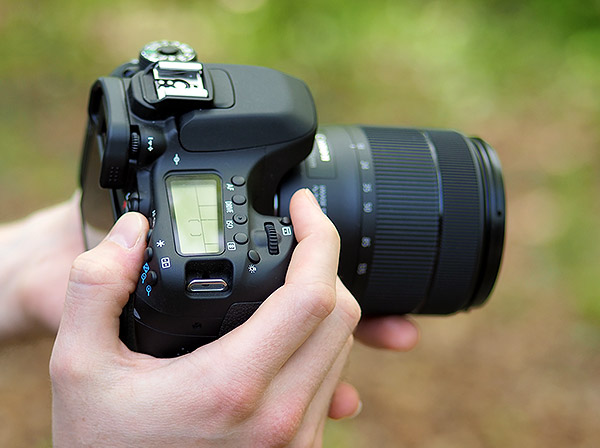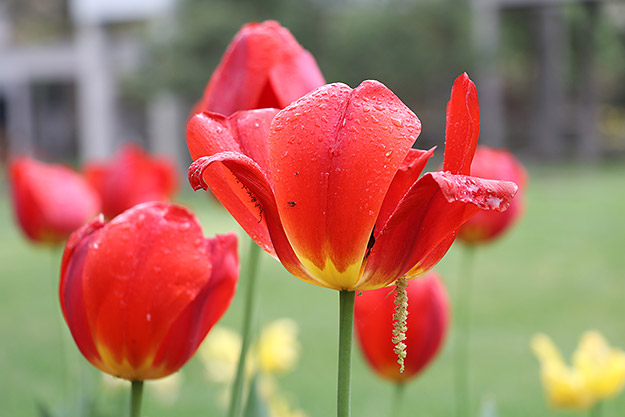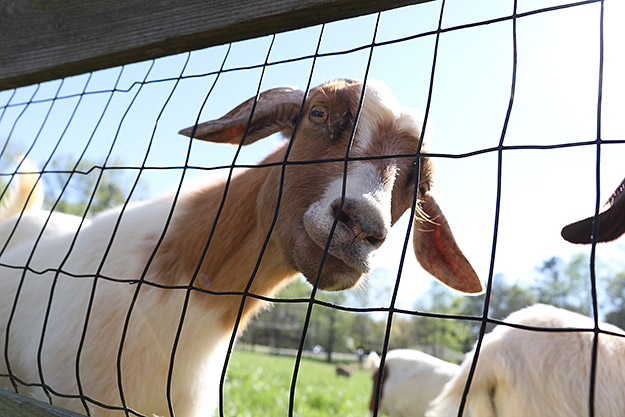Canon 80D Field Test: An evolution to the 70D revolution
posted Thursday, April 21, 2016 at 10:50 AM EST

The debut of the Canon 70D in 2013 brought with it a big technological development: Dual Pixel CMOS AF. With this on-sensor phase detect autofocus technology, there was finally a Canon DSLR that had truly fast live view autofocusing for still photography as well as smooth, cinematic-looking and overall very capable continuous autofocusing for video work. Not to belittle it's other features and performance improvements, but long story short, the 70D was an excellent DSLR. Now, a few years later, we have the successor, the Canon 80D.
Perhaps not as big of a revolution as the 70D was, the new 80D looks and feels much like its predecessor. Yet, as I discovered in my Canon 80D Field Test, that's not a bad thing at all. The 80D's design, build quality and control layout are straightforward and follow classic Canon DSLR styling. It's comfortable, familiar territory for seasoned Canon owners, but also easy to use for a first-timer.

Of course, like the 70D, the new 80D features Dual Pixel CMOS AF, which works spectacularly I found. Using the flip-out LCD and capturing shots from low or high angles with quick, accurate live view focusing couldn't be easier. Standard viewfinder focusing gets a sizable upgrade to a 45-point AF system, and there's also an all-new 24-megapixel ASP-C sensor, which not only offers a nice bump in resolving power, but it's high ISO performance is improved as well. All around performance is somewhat similar to the predecessor, though buffer depth gets a sizable improvement, which is also nice.
So, while perhaps not as major of a technological leap as the 70D over the 60D, there are still a number of solid improvements under the hood. For all the details on these and more from my real-world experience with this new DSLR, check out my in-depth Canon 80D Field Test. Be sure to also check out the 80D Gallery Page for the full selection of real-world images, and stay tuned as we continue our lab testing with our image quality comparison and print quality analysis to follow shortly.

